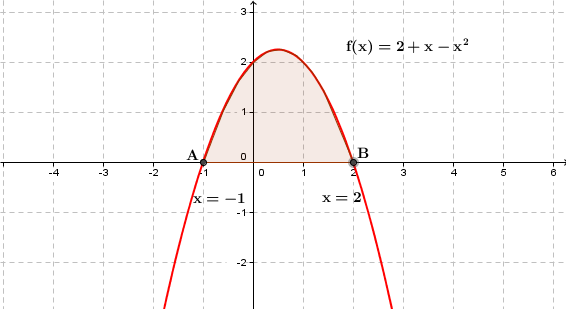actually the answer given for 2nd question is 8.I was also getting the same answer.so it's a misprint right.?
1)If is maximum find a+b?
2)For f(x)=61+31ex the possible number of different integral values which f(x) can take is?
3)if
find m+n?
-
UP 0 DOWN 0 0 4

4 Answers
Shaswata Roy
·Feb 22 '13 at 10:07
Ans 1-
let F(x) = ∫(2+x-x2)dx
dF(x)dx = 2+x - x2
The maxima of this F(x) is obtained when 2+x-x2=0
Let a and b be the roots.
a+b = -co-efficient of xco-efficient of x2 = 1
Ketan Chandak
·Feb 22 '13 at 16:01
